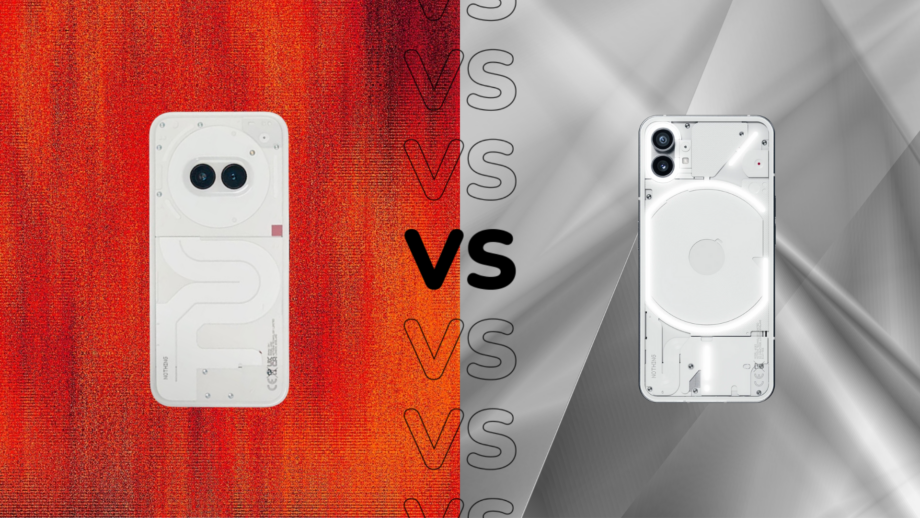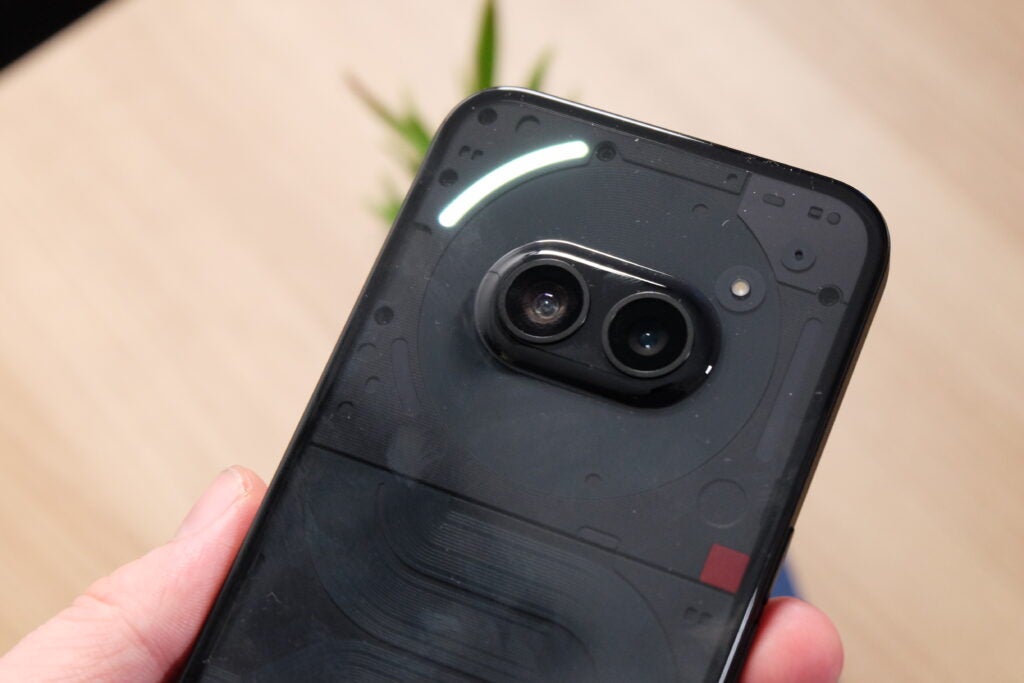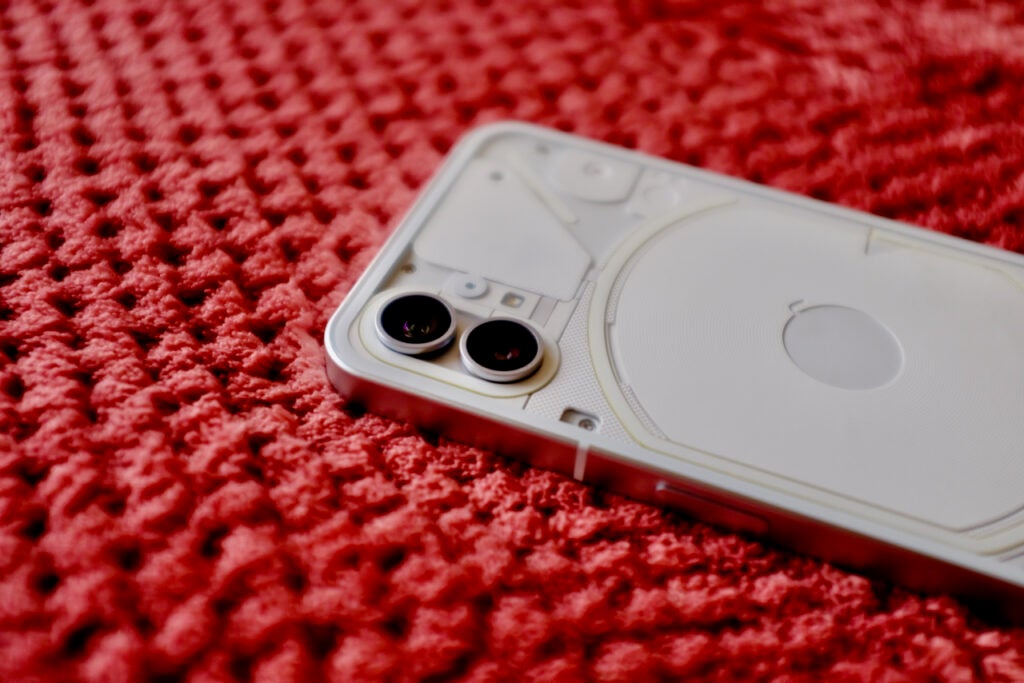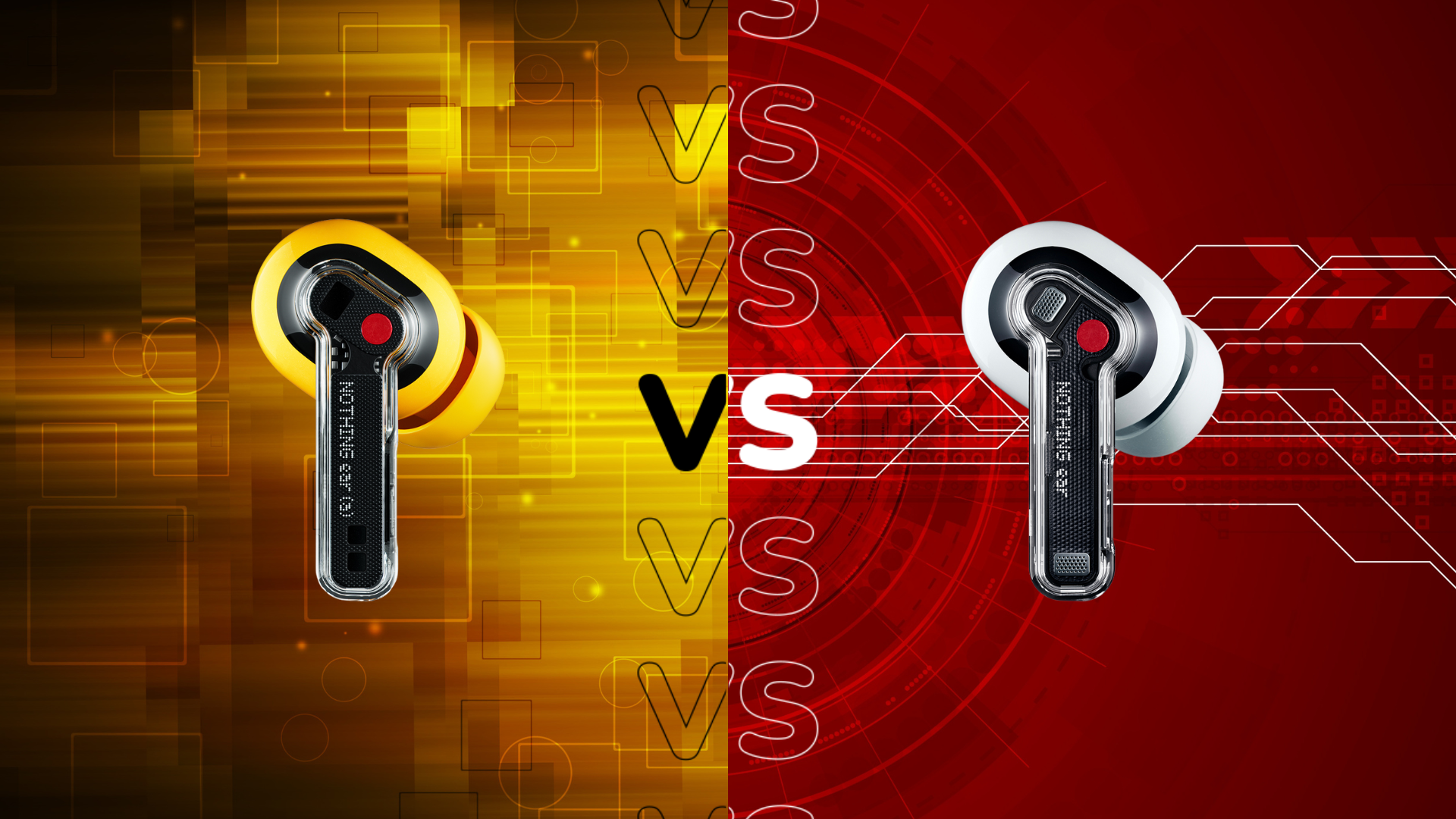Nothing Phone (2a) vs Nothing Phone (1): What’s changed?

Nothing has officially announced its latest smartphone, the Nothing Phone (2a), but how does it compare to the Nothing Phone (1)?
It’s been just under two years since Nothing released its first phone back in 2022. Keep reading to discover what has changed between then and now.
The Nothing Phone (2a) has a larger screen
Hold the Nothing Phone (2a) and the Nothing Phone (1) side by side and one of the more obvious differences you’ll spot is the size of the two phones.
Not only is the Nothing Phone (2a) slimmer than the Nothing Phone (1), but it also has a larger 6.7-inch display compared to the Nothing Phone (1)’s 6.55-inch screen.
The Nothing Phone (2a) also boasts some improved screen specs, including a higher typical brightness and peak brightness than its predecessor. The Nothing Phone (2a) has a typical brightness of 700 nits and a peak brightness of 1300 nits, whereas the Nothing Phone (1) has a typical brightness of 500 nits and a peak brightness of 1200 nits.
Finally, where both phones include 120Hz variable refresh rates for a smoother scrolling experience, the Nothing Phone (1) can only drop as far as 60Hz. The Nothing Phone (2a) can fall to 30Hz, which should put a bit less strain on the battery when a high refresh rate isn’t needed.

The Nothing Phone (2a) has a faster chipset
Another distinction between these two Nothing phones is their differing chipsets. The Nothing Phone (1) was powered by the Qualcomm Snapdragon 778G+, while the Nothing Phone (2a) runs on the MediaTek Dimensity 7200 Pro.
The MediaTek chip is designed to deliver great performance with optimal power consumption. It also outperforms the Snapdragon chip in Nothing’s own benchmark tests, though you’ll want to wait for our full review to hear how the two chipsets compare in our tests.
The Nothing Phone (2a) reaches higher clock speeds compared to the Nothing Phone (1), meaning you can expect faster and more responsive multitasking. In fact, Nothing claims that the Phone (2a) is 13% more powerful and 16% more efficient than the Phone (1).
The Phone (2a) also takes advantage of Smart Clean technology, which should enable up to double the read and write speeds available on the Phone (1). You can also expect app opening speeds to be twice as fast on the Phone (2a).
The Nothing Phone (2a) can capture clearer images
The camera has also seen some notable improvements on the Nothing Phone (2a).
While both the Nothing Phone (2a) and the Nothing Phone (1) take advantage of two 50-megapixel rear cameras, the actual main camera sensor in the Phone (2a) is capable of holding 13500 more electrons than the Phone (1). According to Nothing, this higher capacity ensures that images are clear and crisp with no blooming or smearing, even in compromising lighting conditions.
The Phone (2a) also has a larger 32-megapixel front camera, allowing for 27% increased light sensitivity for more detail compared to the 16-megapixel selfie camera on the Phone (1).

The Nothing Phone (2a) supports faster charging
Lastly, the Nothing Phone (2a) has a bigger battery than the Nothing Phone (1), with the Phone (2a) carrying a 5000 mAh battery and the Phone (1) a 4500 mAh battery.
The Nothing Phone (2a) also supports faster 45W charging compared to the 33W charging available on the Nothing Phone (1), while the actual longevity of the battery has increased by more than 25%. This means that the Phone (2a) can maintain 90% of its maximum capacity after three years of daily charging and remains 13% cooler than the Phone (1) when charging.








